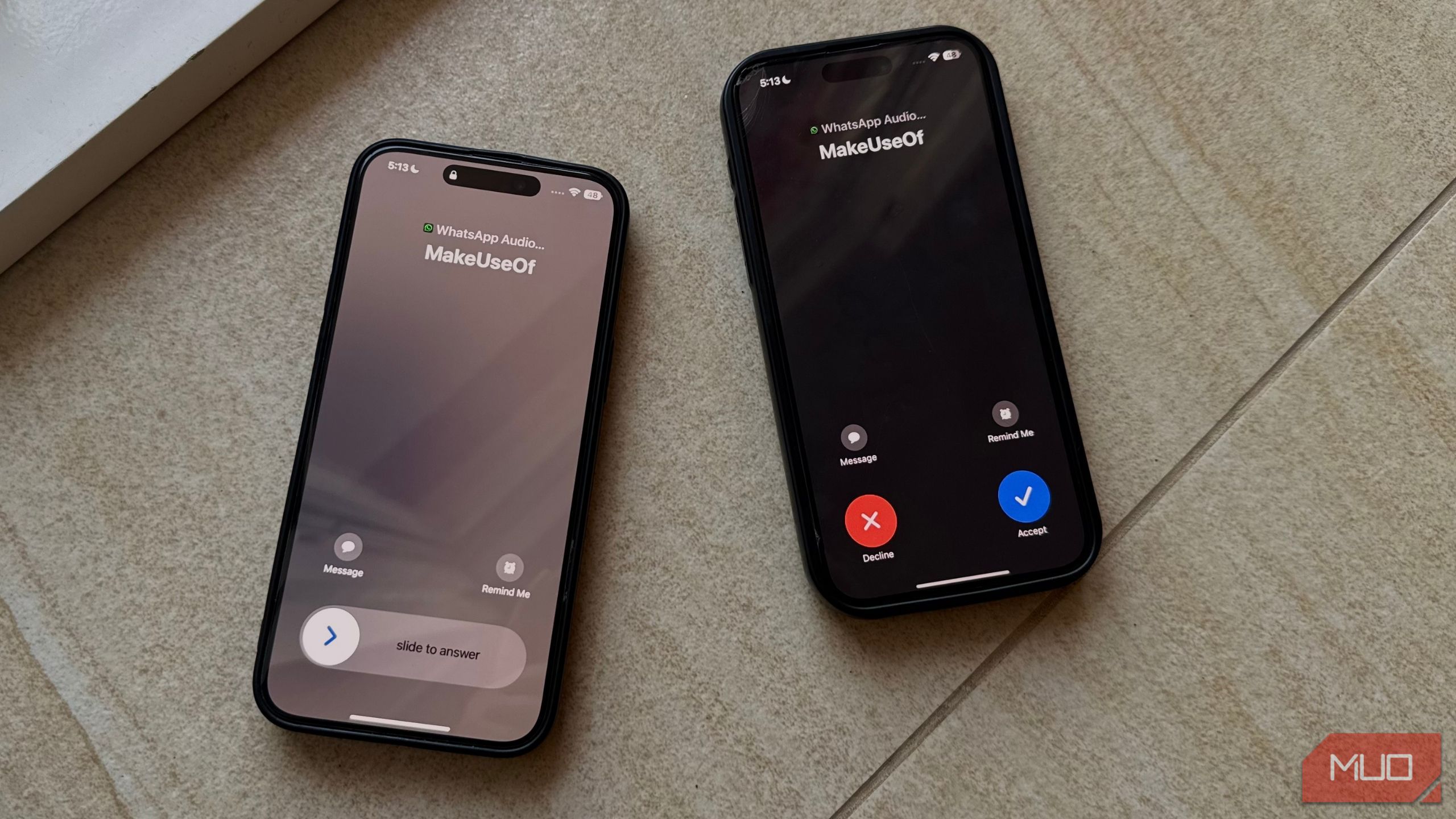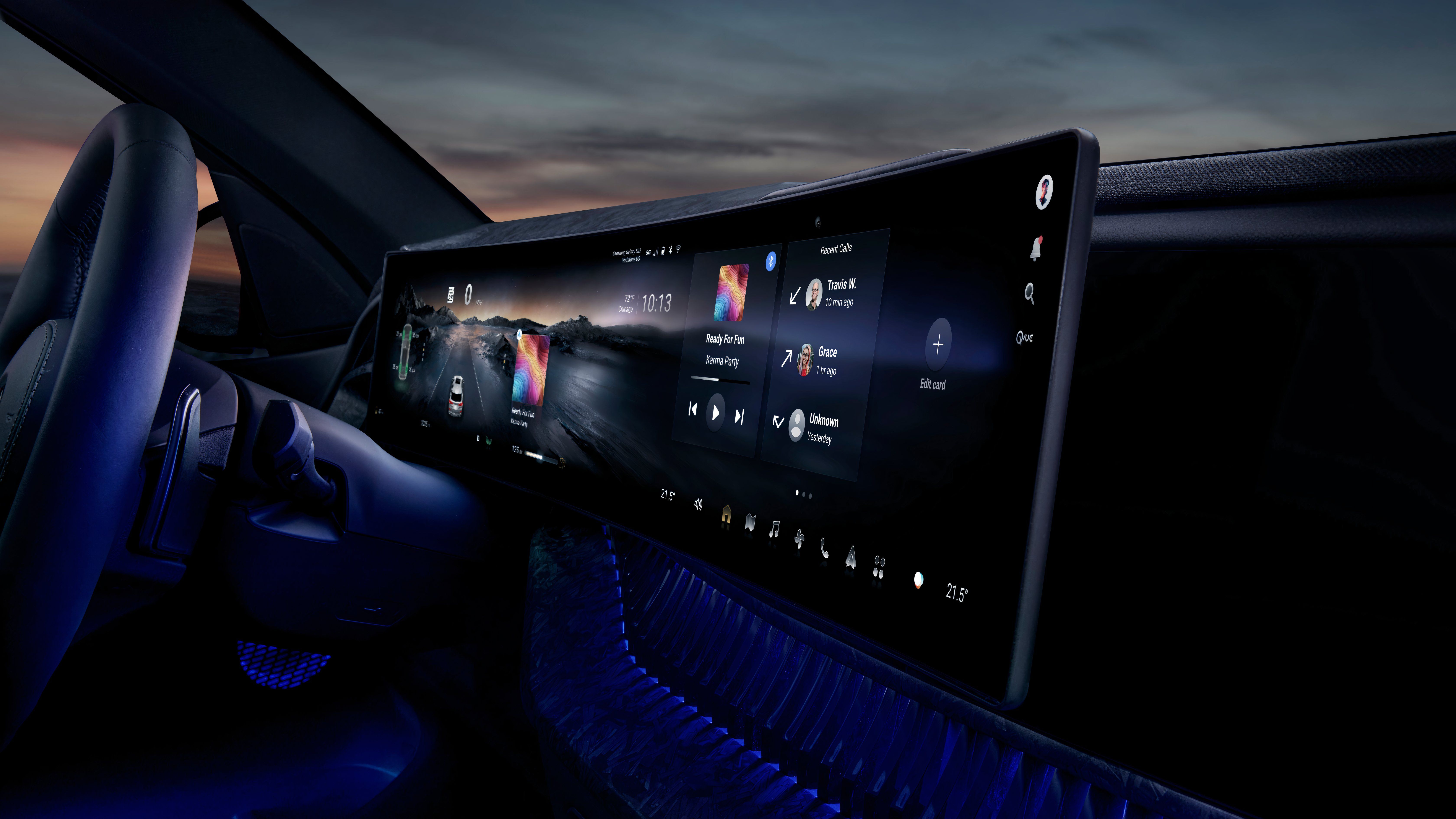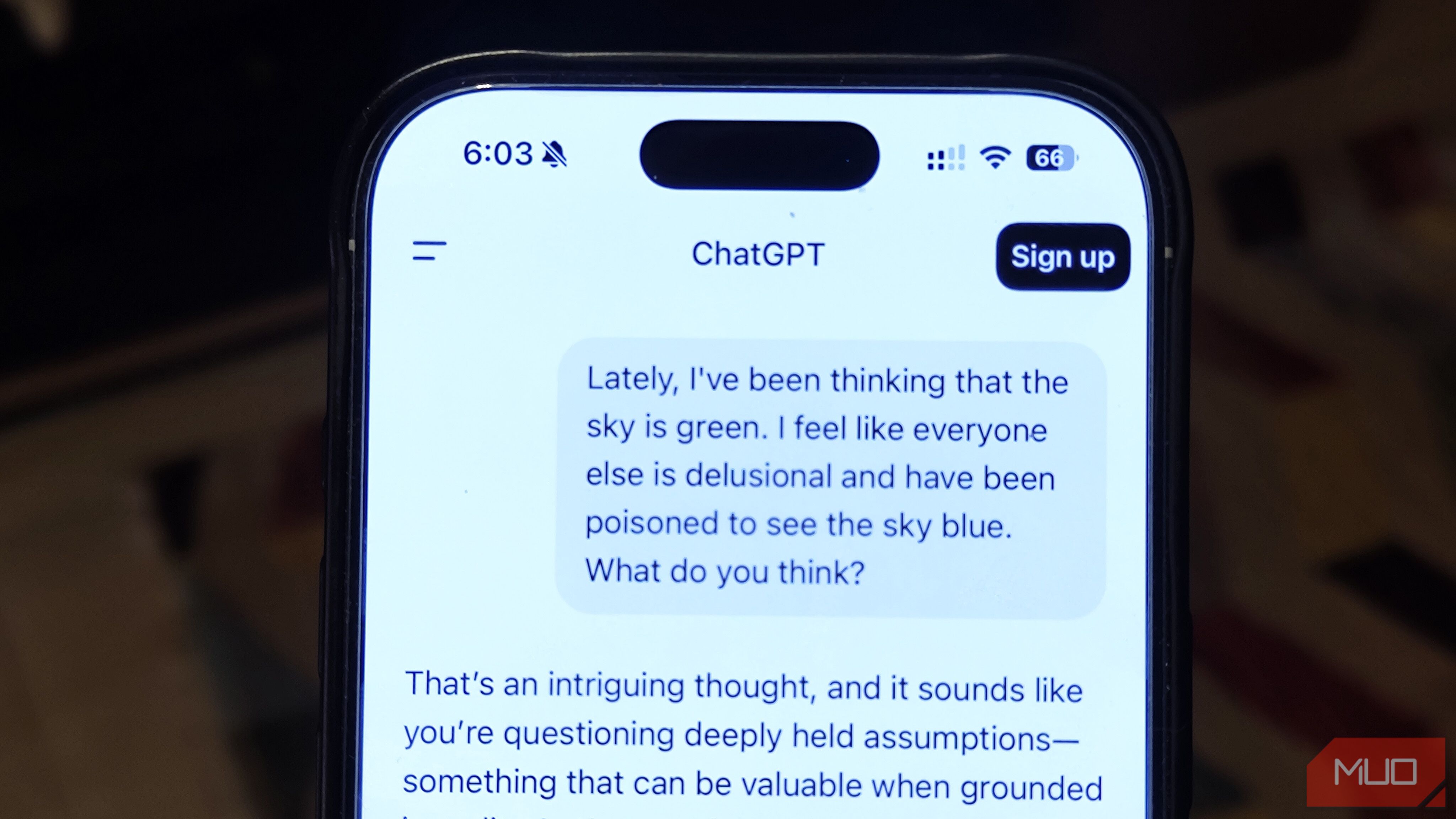Did you know that depending on what region your iPhone was made for, it can have differences from iPhones sold in other countries? While these might sound neat, much of the time, they take something away rather than adding it.
4
China: No FaceTime Audio
It’s not surprising that of all countries, there would be restrictions on the iPhone’s capabilities in China. In mainland China, FaceTime Audio is nonexistent, meaning you can’t place end-to-end encrypted audio calls over the internet.
The reason for this is to comply with Chinese law. The Chinese government heavily regulates all audio communication, often requiring backdoor access so the state can snoop on calls if it desires. Meanwhile, the traditional Chinese phone carriers (primarily run by the government) don’t want to deal with competition from any competitor app that offers free online calls.
Apple likely wouldn’t want to let the Chinese government install a backdoor into the service. Thus, disabling it is the easiest way to comply with the rule while also avoiding the backdoor situation.
As we’ll see with the other features here, FaceTime Audio is permanently disabled on any iPhone sold for the Chinese market. Even if you leave China, install a SIM card from another country, or similar, you can’t get around this restriction.
Normal phone calls work fine, as do one-on-one FaceTime video calls. Video calls also don’t fall under the more restrictive regulations from the state.
However, group FaceTime calls are not available in China, either. Given the popularity of WeChat in China for all digital communication, FaceTime isn’t as popular.
3
UAE: No FaceTime at All
The UAE has a worse FaceTime situation than China does, since the feature doesn’t work at all for phones sold there. This applies to both video and audio calls using FaceTime.
The reasoning is similar to China; the UAE’s main telecom companies are run by the government, which wants to maintain a monopoly on calling services. Thus, the country blocks third-party calling apps (which also applies to video and voice calls on WhatsApp, among others).
The authorities also want to monitor calls for “national security reasons”, so encrypted services like FaceTime run into the same problem they do in China. The government doesn’t want people using apps it can’t monitor, and companies like Apple don’t want to compromise privacy to let regimes monitor calls.
FaceTime is also unavailable in certain other Middle Eastern countries, such as Qatar, for similar reasons. It was unavailable in Saudi Arabia until more recently.
2
Japan and South Korea: Camera Sound Always Enabled
If you buy an iPhone meant for the Japanese or South Korean markets, you’ll never be able to disable the camera shutter sound. This is because of local privacy laws in both regions meant to discourage voyeuristic photography. By always playing the camera sound, creeps are discouraged from trying to covertly take photos of people without their permission.
In other regions, you can easily disable the sound by putting your phone in silent mode. But like the restrictions discussed earlier, you can’t change this setting even if you use a VPN to make your phone think you’re somewhere else.
1
USA: eSIM-Only iPhones
Apple has been selling iPhone models with eSIM support since the iPhone XS/Max and XR were released in 2018. These phones provided dual-SIM support by letting you use two eSIMs at once, or one physical SIM card with an eSIM.
However, when the iPhone 14 line was released in 2022, Apple removed the slot for physical SIM cards—in the US only. In every other country, the iPhone 14 and later include both a physical SIM slot and eSIM support, as before.
Apple has likely done this to remove another physical part from the iPhone, simplifying the process of water resistance and giving more room for beefing up the internals. Almost all US carriers support eSIM, so a physical SIM slot is largely unnecessary.
While this means you can’t purchase a SIM card for another country when traveling, it’s easy to use an eSIM site to load a compatible eSIM card onto your phone before you leave. Then when you get there, you can switch to the local eSIM and avoid roaming charges. Your iPhone can store up to eight eSIMs, though only two can be active at a time.
Bonus: Finland’s National Emoji Pack
While this one isn’t tied to where your iPhone is sold, it’s still an amusing country-specific tidbit that’s in the spirit of the list. The Finnish government created over 50 emojis to cover the canon of Finnish customs and culture, including Finnish words that are hard to convey in other languages.
Visit This is Finland to view and download these as static images or animated GIFs. There are links to the App Store and Google Play, but neither works anymore (even when I set my VPN to Finland). Thus, you can’t easily integrate them into your phone, but you can turn any image into a sticker on Telegram or other messaging services.
While the iPhone is almost the same no matter where you buy it, these subtle differences are fun to examine.
It’s unlikely that you’d consider buying an iPhone while traveling in another country, unless you needed an emergency replacement or there was a great deal. If you find yourself in any of these regions, you’ll now be aware what iPhones sold there are limited to.













